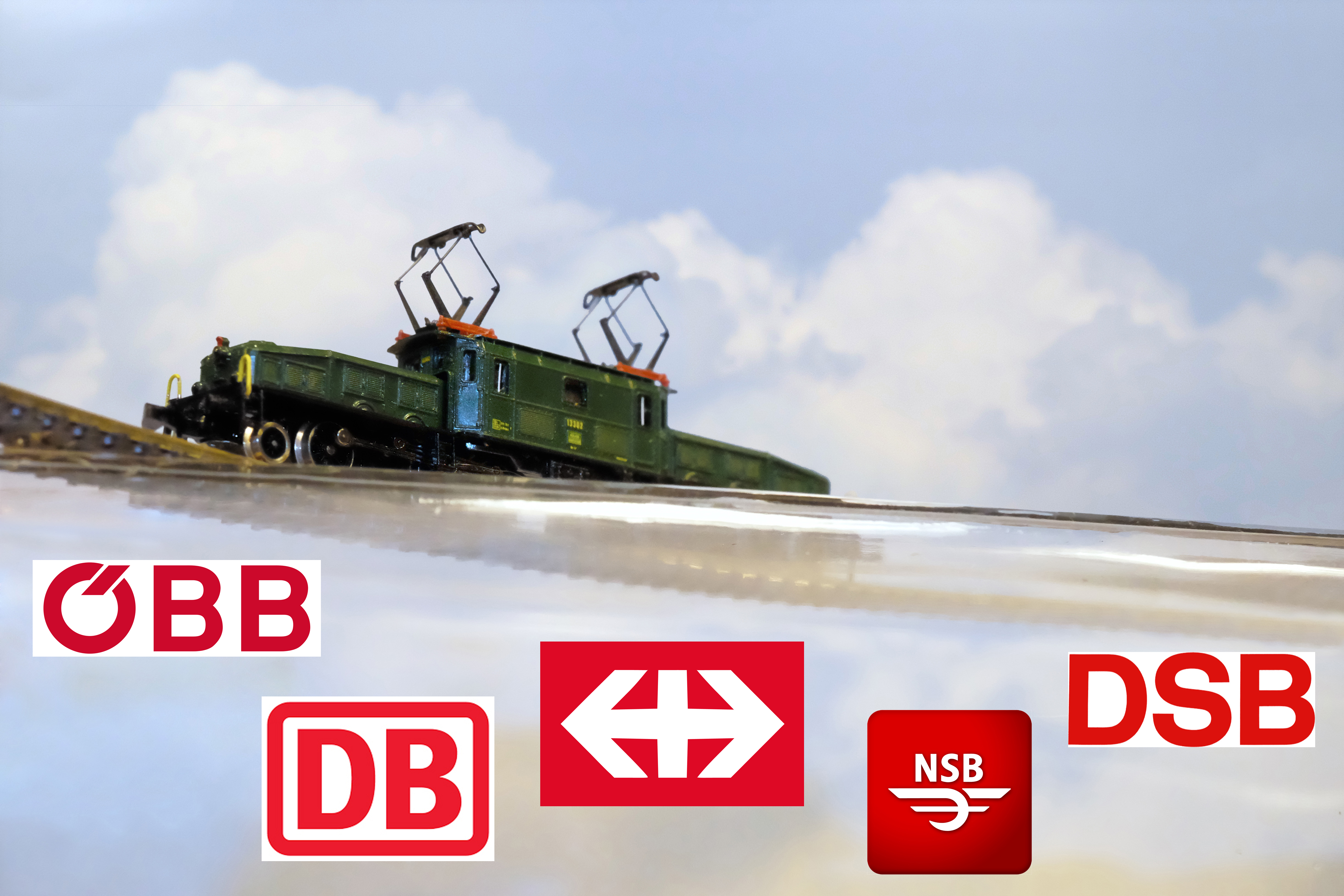
Producing stories for magazines throughout the United States, my Wife Anne and I along with our two corgis (Le-le and Rookie) spend much of the time on the road. As luck would have it we found ourselves 2 hours due east of Wichita Falls in the city of Sherman, TX. And a weather delay freed us up for a day trip to visit our friends at AJCKids.
Route 82 connects Sherman, TX and Wichita Falls with a couple of interesting towns along the way including Muenster, Saint Jo and Nocona.
Muenster settled by German Catholics in 1889 was so called after the capital of Westphalia, but the town is not considered a sister city and few speak German according to its wikipedia page. The local grocery store features smoked meats and cheeses from their farms, Fishers Thriftway is a fun stop which includes all the staples and prepared relishes, salsas and pickles. Several antique shops with interesting age old offerings along North Main Street also include the cleverly painted mural on the local mill.

Saint Jo further along the journey is an attractive small town with center square featuring mostly original 19th century architecture of wood and stone. Everything Texas can be found here, but “what is Texas?”, the answer isn’t easy but through sentiments and feelings: specific and unspecific as concerns the mystery of a place.

Last stop before hitting Wichita Falls is Nocona, or I should say famous Nocona. Famous for the last American made baseball glove manufacturer: Nocona Baseball Glove Factory. A large art deco manufacturing building along Route 82 is home to Nocona Baseball Glove Factory as well as Nocona Boots and micro-brewer Nocona Beer who’s “Cut & Bale” blonde is considered very very good by this railroader.

Roads out here head straight for the horizon intersecting lush landscapes of prairie grass, wild flowers, and sweeping oaks. Lush grazing land perhaps the finest in these parts support Texas cattle country, here there are more pick-ups than cars and more western hats than caps. And more cattle than people! No bull!
As we approached Wichita Falls we drove parallel to a waiting eastbound BNSF unit train with a couple hundred loaded coal hoppers. The BNSF Depot in downtown Wichita Falls is a busy hub on the BNSF mainline with long unit trains of petroleum and coal. A few blocks from the Wichita Depot is the Wichita Falls Railroad Museum which can be visited on Saturdays.
Mid-point through a day of adventure includes lunch: let’s hope so! Wichita Falls is home to one of the finest barbecue joints this aficionado has experienced many years in the smoke. And throughout the country to cowboy boot! A must stop in Wichita Falls is Prine’s Barbecue 1209 13th Street in Wichita Falls. Brisket is it! Here it’s served with a peppery slightly vinegar based sauce, famous mustard based potato salad with the consistency of mashed and bright crunchy cole slaw.

Many of my friends in model railroading are already familiar with AJCKids.com, but few may have made the trip to the store. AJCKids is a specialized train store which shares space with the high quality clothing store Annie Jewel & Charlie’s: family owned. The train store has a strong online presence as well as brick and mortar. The train store and its shipping department is located in the back of the building accessed through the larger presence of the clothing store. A large space with a very very large inventory of Marklin and other European model train manufacturers, AJCKids inventory encompasses all gauges currently offered by Marklin which is unusual for a dealer including large Gauge 1 trains and accessories. All inventory is new condition with many items further wrapped in plastic. Shelves are organized according to gauge and accessories displayed on racks. And all related scenery items include trees, ground-cover, building kits and Preiser figures; they have lots and lots of stuff, every model railroader will be happy! The very large selection of in stock Marklin H0 includes accessories too including all the catenary poles and related items.

3401 Kemp Avenue, ste B
Square Shopping Center
Wichita Falls, TX 76308






Worth a trip to the store: Z scale collectors will find numerous in-stock locos, rolling stock, and accessories including “sold out at factory” items; I found the very limited and rare Austrian Export Model from 2004: 88082. Fifteen years after its one time release and limitation as Export Model, 88082 was a very rare and unexpected find. Also in the red case housing some of the Z items in the store includes the out of production Eurofima Set: 87409 and 20 car funnel-flow set: 82530.


Siding: inventory at AJCKids also include collectible cars of various yearly releases including Museum cars, Easter and Christmas releases





















































































